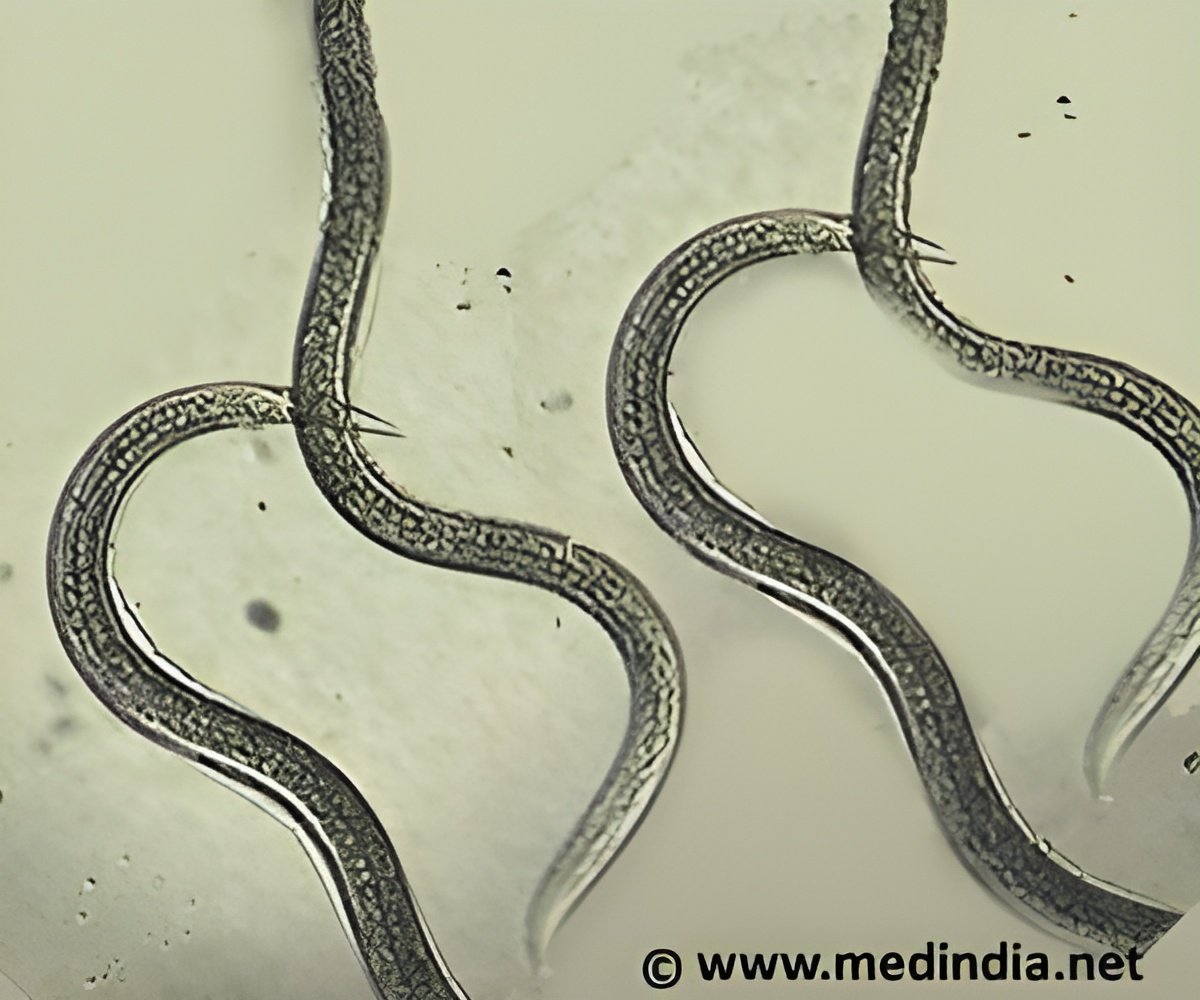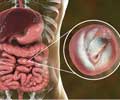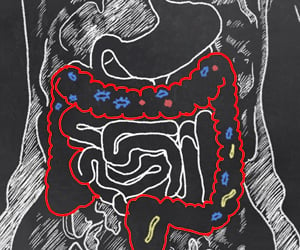Nematodes experience many stages in youth development, including one in which it entirely loses mobility and regains at a later stage.

‘Nematodes can restore muscle and neurons even after complete degradation. Exploiting this mechanism may help researchers to come up with ideas for pest management to prevent the soybean cyst nematode that is found in soybean.’





"This is an animal that undergoes neurodegeneration, including nearly complete muscle atrophy, and then can reverse it in later development. From a human health perspective, I'm excited about the possibilities this could hold," says Nathan Schroeder, assistant professor in the Department of Crop Sciences at the University of Illinois and corresponding author on the new study.
Schroeder and his research team took the foundational steps of documenting exactly how muscle and neurons degenerate in both male and female soybean cyst nematodes during their juvenile feeding stage. As the nematodes enter adulthood, males become mobile again, squirming through the soil in search of female mates. So the researchers described that too.
"During loss of mobility, the muscles shrink and separate away from the cuticle, or exoskeleton. This is basically why they're becoming paralyzed," Schroeder says. "That was not known previously. We asked, 'Was it just that they didn't need to move once they started to feed? Or were there structural changes?'"
In addition to muscle atrophy, the researchers documented degeneration of neurons and a significant decrease of GABA, a critical neurotransmitter, both of which are associated with muscle activity in soybean cyst nematode. But as males began to enter adulthood, their GABA levels spiked. From there, muscle and related neurons started to rebuild.
Advertisement
Exploiting this mechanism, which appears to be unique to soybean cyst and root-knot nematode, another finding in the study, could be excellent news for the soybean industry.
Advertisement
The researchers suggest developing a control strategy that would target the GABA-binding receptors in soybean cyst nematodes since the chemical appears to kick off the muscle restoration process in males. Because GABA receptors differ among animals, chemical control agents would have to be formulated for the soybean cyst nematode especially. Keeping males from rebuilding muscle would prevent them from traveling to and inseminating sedentary females, essentially sterilizing the entire population.
The loss and subsequent recovery of mobility in soybean cyst nematode have been a mystery for years. Now that he's solved it, Schroeder is hopeful that others will see the potential of these organisms as important research animals.
"They may be tiny, but these are animals, and they are complex organisms," he says. "Let's not just think about the traditional model organism, the mouse, where you can simulate neurodegeneration in the lab. Instead, we can study what evolution has come up with to solve and reverse neurodegeneration."
Source-Eurekalert











